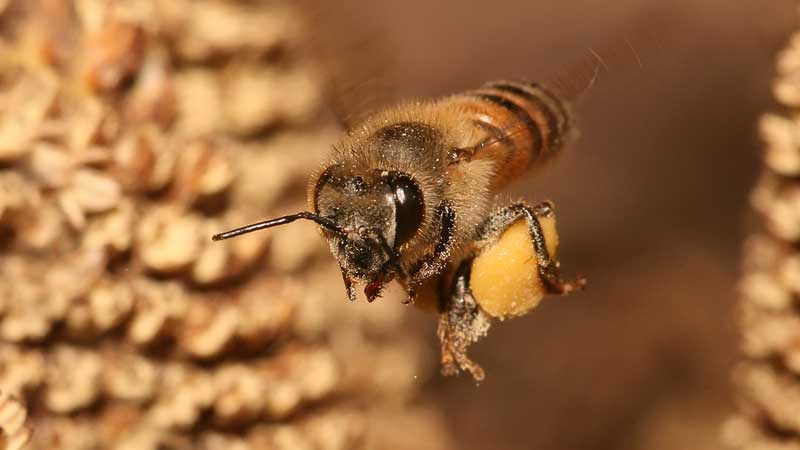Australian scientists have taken to gluing tiny sensors onto thousands of honey bees in an effort to better understand the diseases that have .
The microchips will be used to track afflictions such as the rapidly spreading varroa mite—a parasite that can only reproduce within a honey bee colony—and the mysterious colony collapse disorder.
In order to attach the microchips, the bees must first be rendered docile through a non-lethal refrigeration process. They are then shaved (younger bees tend to be hairier) and the microchips, weighing just 5 milligrams and measuring 2.5 millimeters across, are attached with a pair of tweezers.
Rather than transmit real-time location data, the microchips work more like a barcode at a supermarket. When the tagged bees pass certain checkpoints the data is logged, allowing scientists to create a map of their movements.
“Honey bees play a vital role in the landscape through a free pollination service for agriculture, which various crops rely on to increase yields,” says Paulo de Souza, of the Commonwealth Scientific and Industrial Research Organization. “Using this technology, we aim to understand the bee’s relationship with its environment.”
In addition to tracking the aforementioned afflictions, the study will also help farmers better understand the effects of pesticides on their colonies.
Five thousand more sensors are currently scheduled to be fitted to bees in Tasmania over the Australian summer.


